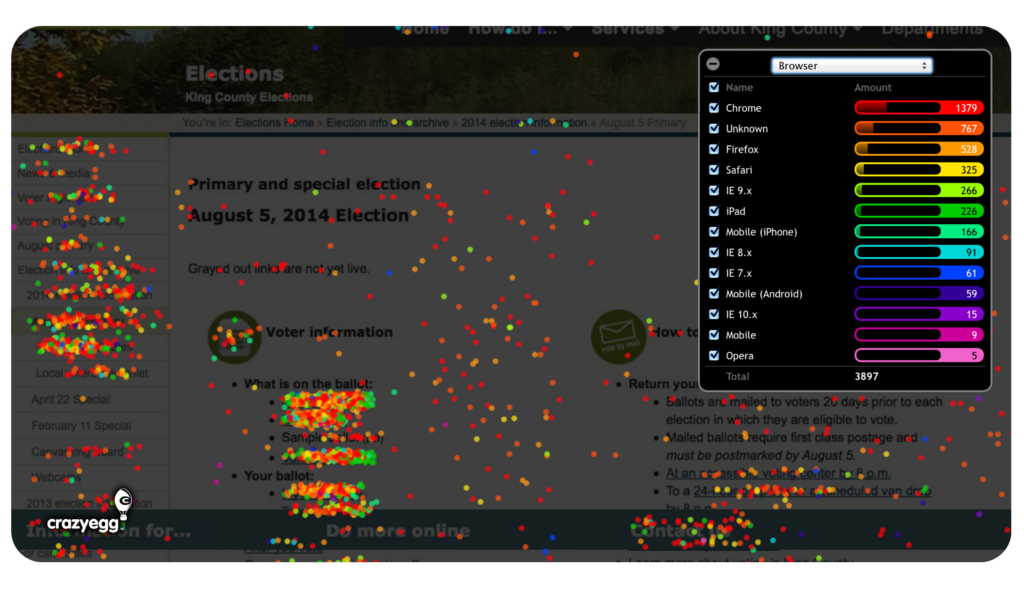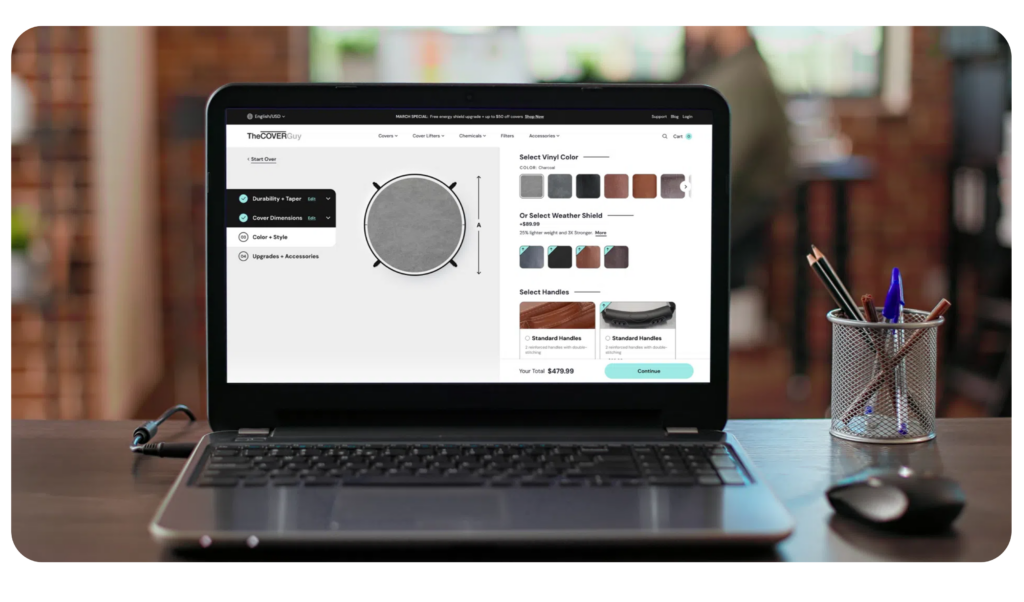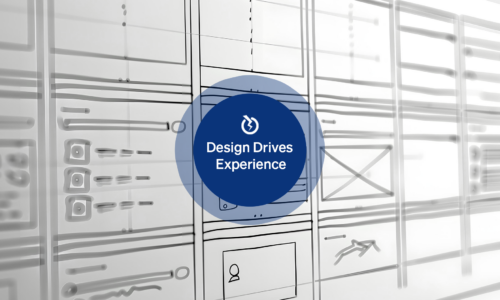S ifting through the digital noise to find a partner with a solid website strategy can be tedious. Many agencies are surface-level; they don’t align to your unique business goals, and they end up offering a one-size-fit’s all solution.

Here at BlueBolt, we begin with understanding who your users are and how to speak their language. From there, it’s about blending design, content, and functionality in a flow that drives engagement and tangible results. I’ve seen first-hand how a strategic approach can turn a site from just another online presence into a powerful business tool.
Here’s a breakdown of the key steps:
1: Define clear goals
Before starting any project, it’s important to have a clear understanding of your KPIs—or key performance indicators—they serve as the benchmarks for success and help guide your decisions as the project unfolds. Do you want to increase conversions, average time on page, or newsletter signups? BlueBolt takes down these KPIs in discovery and use them as the base of our strategy.

For example, if one of your KPIs is to increase average order value (AOV), we’d focus on strategies like upselling and cross-selling during the UX phase. This could include bundling products, personalized recommendations, and a progress bar for free shipping to encourage larger purchases. And that’s just one KPI—most companies have 4-5 key metrics in mind when starting a website overhaul. We’ll use metrics from Google Analytics to measure our success, and A/B test to continually iterate and improve after launch.
2: Analyze competitors
How do you find gaps in the market and know if you’re missing out on opportunities to improve? Looking at competitors is crucial, because that’s the natural path a user takes in the awareness phase. If you’re not pouncing on weaknesses of your competitors, then you’re missing out. In our audit, we look at competitors design aesthetics, user experience, and site structure to understand what resonates with their audience. Next, we evaluate the content they produce—blogs, videos, and other resources—to see how they engage users. Finally, note any features or functionalities they offer that could inspire differentiation or innovation in your own design.

3: Select the right tools
Data drives everything. We require real, actionable insights on how users are interacting with your website using GA4 and CrazyEgg in order to create a successful strategy.
GA4 is a must-have as it allows us to track key metrics and user engagement, as data-driven decisions are the backbone of our strategy and will lead to growth. We pull customized data from GA4 into Data Studio to make it easy for clients to see and understand their website data, helping them make informed decisions on their own as well.
There are plenty of behavior analytics/website optimization tools out there, including Hotjar, Fullstory, Smartlook, Mouseflow, and Lucky Orange. I personally like Crazy Egg because of it’s easy to understand interface—heatmaps and scroll maps show us which areas of a page users focus on, where they click, and how far they scroll, giving us a clear picture of what’s working and what needs improvement. If client’s don’t have these tools we can rely solely on GA4, but these tools are like the icing on the cake.

As the cherry on top, we utilize tools like Hotjar for user feedback and SEMrush for SEO analysis, ensuring our strategies are data-driven and focused on driving growth for our clients.
When data leads the way, the results speak for themselves.
4: Prioritize User Experience
Drawing from the insights we gather through analytics, we focus on creating a seamless, intuitive web experience by simplifying navigation, providing clear paths to information, and reducing friction at every step of the user journey.
In our recent redesign for The Cover Guy, we addressed user pain points identified through analytics, which revealed that the majority of users abandoned the purchase process during the hot tub cover customization step. Our data also showed that users were spending too much time scrolling through a single-page configurator, which led to frustration and drop-offs. Based on this info, we redesigned the configurator into a step-by-step process with a clear progress bar. We simplified each step, breaking it into digestible sections which allows users to easily edit any section without losing their place. We also used data to feature the most popular color and accessory options at the top of each list, reducing decision fatigue.

This is just one example of many that exemplifies our intent to design with empathy, anticipate user needs, and support our decisions with data.
5: Track Performance
In our digital strategy, keeping an eye on performance through KPIs is key to staying on track and hitting our goals. Your website is never “done”. It needs regular analysis to optimize and deliver measurable results. By monitoring metrics like traffic, engagement rate, conversion rates, and Average Order Value, we get a real-time pulse on how users are interacting with the site. I use Looker Studio reports to keep tabs on these insights, which help us spot trends as well as areas we can improve.

6: Collaborate Across Teams
Clear communication across design, development, and project management teams is a must. We use Confluence for documentation and Jira for tickets to make sure everyone is on the same page. It keeps things running smoothly, helps us avoid miscommunication, and allows for quick feedback and adjustments. When all teams collaborate effectively, we’re able to build a seamless user experience that meets both user needs and business objectives. Plus, this teamwork brings out more creative solutions and problem-solving along the way.
Conclusion
So, if you want to take your website to the next level with a strategic approach that combines data, design, and effective cross-team communication, reach out to us! We can help with a full site redesign, optimization of your existing site, or even a custom build. Get in touch with us today. What are you waiting for?




